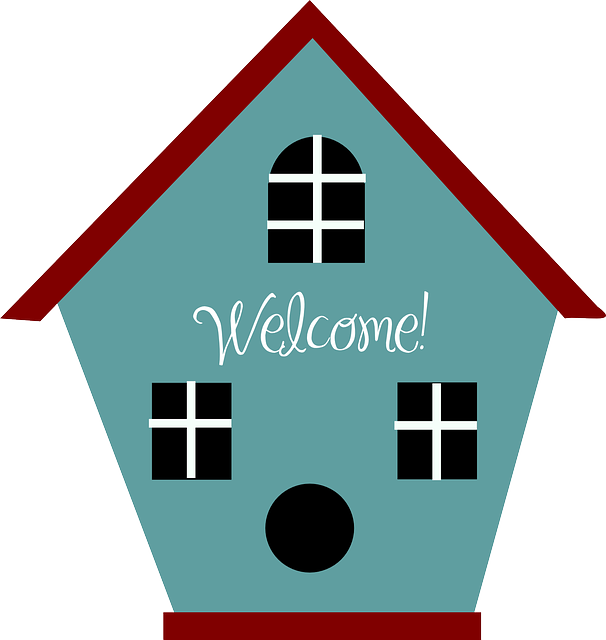 Do what you can to preserve, protect, or restore habitat. We moved into our neighborhood 30 years ago. We built our house on an old black walnut orchard. Had to take down some of the trees, but they were pretty decrepit anyway. After settling in and doing some landscaping to the front of our acre and a half lot, we left the back half, along seasonal Rock Creek, pretty wild. We mow part of it just for fire protection. A few walnut trees remain and they have become huge with regular irrigation, but most of the back is populated with Blue and Valley Oaks, grown from acorns I scattered there. The unmown area is weedy but provides habitat and food for various creatures.
Do what you can to preserve, protect, or restore habitat. We moved into our neighborhood 30 years ago. We built our house on an old black walnut orchard. Had to take down some of the trees, but they were pretty decrepit anyway. After settling in and doing some landscaping to the front of our acre and a half lot, we left the back half, along seasonal Rock Creek, pretty wild. We mow part of it just for fire protection. A few walnut trees remain and they have become huge with regular irrigation, but most of the back is populated with Blue and Valley Oaks, grown from acorns I scattered there. The unmown area is weedy but provides habitat and food for various creatures.
What I have noticed over the years is the increasing diversity and number of birds visiting and inhabiting our small piece of ground. I’ve only kept mental notes but in the last few weeks I have seen a Green Heron, Great Blue Heron, Yellowlegs, Killdeer, Tree Swallows, Yellow-billed Magpies, American Crows, Wood Ducks, Mallards, Canada Geese, Northern Flickers, California and Spotted Towhees, Yellowthroats, Ruby-crowned Kinglet, Gray Flycatchers, Scrub Jays, Cooper’s Hawks, Red-shouldered Hawks and Western Kingbirds hanging around. Nesting on my property are the Northern Mockingbird, Oak Titmouse, California Quail, two pairs of Black Phoebes, American Robin, Ash-throated Flycatcher, Nuttal’s Woodpecker, and House Sparrows. The phoebes built mud nests on the house and the Ash-throated Flycatcher in a birdhouse gourd (see photos.)
Of course, when songbirds are around, so are their predators. Besides the hawks, there are the feral cats, a much greater danger.
What I haven’t seen in awhile are House Finches. We used to have lots of them at our feeders in the winter and at least a couple of pairs would nest around the house. One pair even built a nest in a bicycle helmet hanging in the garage. But I haven’t seen one in at least a year. Their population range has spread across the U.S. from the west and now can be found almost anywhere in the lower 48, but they have disappeared from my yard. I don’t have any explanation.
I’ve mentioned many times that bird populations are declining, primarily due to loss of habitat. All the effects of global warming affecting birds come a close second. We can do things to lower our emission of greenhouse gases, primarily by becoming more energy efficient by buying high mileage cars, driving less, and using less energy at home. We can also provide more habitat for birds around our house. There are lots of ways to make your yard attractive to birds. Here are some sites to visit for details:
Audubon,
Ornithology.com
National Wildlife Federation
Building a Backyard Bird Habitat
Top 25 Backyard BirdsBackyard Bird Checklist
Identifying Birds
Bird Identification Guide
What Bird Guide is Best for You?
“Birds are indicators of the environment. If they are in trouble, we know we’ll soon be in trouble.”